Our phones are an integral part of our daily lives. So it’s little wonder we spend so much on them, from forking out a couple of grand on a brand new iPhone 13 to $40-plus a month for plans with endless data.
But we here at Canstar thought we should provide a few tips to help bring down your phone costs. Especially as our Consumer Pulse Report reveals Kiwis are feeling nervy about the coming financial year, and that many of us are living beyond our means.
So if you’re spending too much on your phone plan, or need a new phone but are tight on funds, read on for some tips on how to save on your phone costs. As well as a round-up of some of the cheapest phones and phone plans on the market.
In this article we cover:
How to save on a new phone
Consider what you value most
Firstly, the best way to save on a phone is to not go overboard. The iPhone 13 Pro Max is a great phone. But, most people don’t need such a high-tech phone. Consider what you value most from your phone, and focus on those key functions.
For example, if you watch a lot of Netflix on your phone, you’ll want a big screen with crystal clear image quality. Or, if you use your phone camera for work, or even just nature shots as opposed to brunch snaps, you’ll want a quality camera set-up.
On the other hand, if you stream shows from a tablet, not a phone, or you’re more into selfies than anything else, having a top-quality screen or camera won’t be necessary. Even cheap smartphones are pretty decent now, and will likely have a camera and screen plenty good for the average user.
Choose a refurbished phone
Second-hand refurbished phones are a great value option. They are usually phones that have been traded in for newer models, or ones returned due to faults, that have been repaired, tested and cleaned ready for resale.
Because refurbished phones undergo thorough maintenance, you can expect them to be in good working order, even if there are some cosmetic issues (they are used, remember).
Sites such as reebelo.co.nz offer a wide range of refurbished phones, from relatively new models, like iPhone 12s or Samsung Galaxy S21s, to older models. For example, a still excellent refurbished iPhone 11 can be as little as $600-$700. Or an iPhone X, which can no longer be bought new instore, less than $400!
And a refurbished high-end model phone from a couple of years ago can often still be a better option than a budget phone of the same price.
Trade in your phone
Most mobile phone providers allow you to trade in your current phone for cash, credit or a discount on the new one.
For example, with Spark, if you buy a phone on a Pay Monthly plan, you can trade in your old phone for credit on your Spark billing account. This credit will then be used to pay for your Pay Monthly plan!
And on 2degrees, you get a discount of up to $875 when you trade in your old phone. Including up to $600 on the new Samsung Galaxy s22 and up to $400 on the iPhone 13 Pro!
Otherwise, if you don’t fancy trading in, you might find you get a better deal by selling your old phone on a site like Trade Me.
Buy your phone on a plan
This one takes a bit of research and a bit of maths. But, when you buy a phone on select plans, you can often pay for the phone on a monthly basis instead of upfront. And, as a part of this, you often earn a discount on the phone.
Before you rush into this, however, you need to consider a few things:
- Is there actually a discount? Some providers don’t actually offer any discount, rather they simply allow you to spread the cost interest free over the set term
- Is the plan good value? If the goal is to save on phone costs, then signing up for an expensive and unnecessary pay monthly plan just to save a couple hundred on the phone may not actually be worth it
- What is the length of the contract? It’s all very well spreading your costs over 36 months, but that’s a long time. And it’s hard to predict that far into the future. What if your financial situation changes and you can no longer afford the payments? Or, what if other phone plans arise that are a much better deal. Consider how long you’re okay with being locked in for.
- What are the terms? If you were to break the contract, what happens? Or if you miss payments, are there penalties or fees involved?
Don’t upgrade!
Hear me out. Sure, if your phone is lost, stolen or breaks, you’ll need a new one. But many of us upgrade our phones before we need to. If your phone is simply starting to feel a little sluggish, or its battery life isn’t what it used to be, it could be a matter of giving it a bit of a clean-up – removing unused apps, clearing caches and removing poor quality pics – instead of discarding it for a new one.
If you think this could be you, read our story When Do You Really Need to Upgrade Your Phone? for more information.
The best budget (and mid-range) phones in New Zealand
As we mentioned above, the best way to save on a new phone is to not go overboard. There are plenty of budget phones that are more than enough for the average user. We’ve rounded up a few options below:
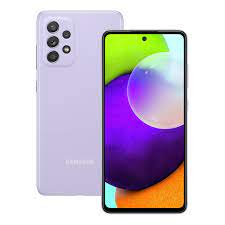
Samsung Galaxy A32 ($499*) and A52 ($599*)
These two devices are included in the latest drop of Samsung Galaxy A series phones. In the budget-to-mid range, these phones include many of the features of Samsung’s premium S series phones, although with lower specs and certain compromises.
The A52 is an excellent option, with a 64MP main camera, 4K video recording, an IP67 water resistance rating and 8GB of internal ram. The A32 isn’t quite as spec’d out, but isn’t far behind. A quick tip from us here at Canstar, opt for the 4G models over the 5G ones. As the A32 5G and A52 5G aren’t actually the same phone with 5G added. Rather, they both feature lower specs than their 4G counterparts.
If the price of these phones is too high, Samsung does offer some cheaper A series phones. And while those cheaper models are not as good as the above models, they remain some of the best in their class. Essentially whether you’re looking for a phone under $200, or under $600, the Samsung Galaxy A series has a model that is hard to beat.
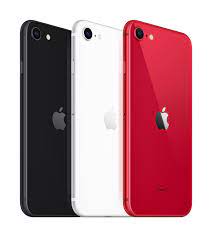
Apple iPhone SE 2022 (from $799*)
The Apple iPhone SE 2022 (not to be confused with the Apple iPhone SE 2020) is essentially a mishmash of the iPhone 13 and the iPhone 8. Which sounds odd, I know. But its specs and features lie there and everywhere between.
It has the latest A15 processing chip meaning you get ultra-fast performance on par with a 13. Plus 5G connectivity and it runs the latest iOS 15.4. Essentially, your day to day scrolling won’t be much different from an iPhone 13. However, the SE does make compromises. The screen is still LCD, not OLED, and the outdated SE design means large bezels and a smaller screen. And notably, it only has a single rear camera.
If you have been an iPhone user in the past, and want familiarity on a budget, the SE gets you that. All the old (and at times outdated) features you’ve known in the past, but with the brains of an iPhone 13 to run it.
Lastly, it still doesn’t come cheap, and classing it under budget phones is a stretch. At the end of the day, it’s hard to stay an Apple fan if you’re on a budget. And as mentioned above, you may find a refurbished iPhone X or 11 is a better deal. If nothing else, they’ll probably be cheaper!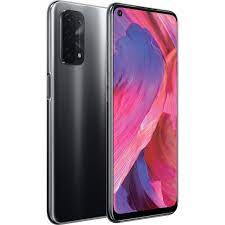
Oppo A54 5G ($399)
The Oppo A54 5G is a pretty excellent phone for the price. 5G connectivity, excellent battery life and an iPhone 13-beating 90Hz refresh rate for a silky-smooth display.
The cameras are good enough for day to day Instagram stories (48MP main camera, 8MP ultra-wide, 2MP Macro, 16MP selfie camera) though all those photos may quickly fill up its 64GB storage. Although a micro SD card can be inserted if needed.
If you want a cheaper option, the Oppo A16 is an excellent choice for its price range, at just $249*.
How to save on your phone plan
Choose prepaid
The cheapest pay monthly plans tend to start at upwards of $40. That’s not exactly cheap. Prepaid plans can be significantly cheaper, and give you the freedom to hold off on topping up if you’re short on money one month, or to swap to a new provider without costly break fees.
What’s more, with the number of deals now on offer (rollover data, social data, free rewards, etc) you’ll often find your gig or two of data ends up being a lot more than that. I’m currently on a prepaid plan, and my 1.25GB of monthly data doesn’t include the extra data I’m rewarded with every time I top up, the unused data that’s rolled over from previous months, the free hours of data I currently get every evening, or the several social media apps I can use with my unlimited social data!
My 1.25GB actually ends up stretching a lot further!
It’s still not endless data, but if you download music and shows to watch offline, and use the countless available wi-fi networks wherever you go, you might not need endless data at all!
Choose a shared data plan
Shared data plans aren’t the same as they used to be. Namely, you don’t usually share any data! Shared data plans allow one person to sign up for a pay monthly phone plan, and then add additional plans for a discounted rate. For example:
- One person signs up for a Vodafone pay monthly plan at $60 per month
- Vodafone allows you to add additional plans for just $30 per month
- You get three additional plans at $30 each, bringing the total price for four plans to $150 per month
- Split evenly among four people, that’s just $37.50 each, instead of the original $60
You can get more information, plus an expansive list of the available shared data plans here.
Bundle your phone plan
Many phone plan providers also offer broadband and/or power. If so, you might be able to get a bundle deal by signing up to the same provider for multiple services. This typically includes a discount. If you do intend to go down this route, make sure to shop around and to check that the deal is good value for money.
You may get a discount on your phone plan, but if you have to overpay on broadband to get it, it’s not really a discount.
Consider the extras
Certain phone plans include extras, such as streaming subscriptions. So if a phone plan offers free Spotify, saving you $15 per month, factor this into your calculations when working out the plan’s overall value for money?
Shop around
This may seem obvious, but if you want to save on your phone plan, the best way to do so is by getting the best deal. And that involves shopping around.
Cheapest phone plans
Check out this round-up of the cheapest mobile plans ($40 and under) currently on offer.
All figures correct as of 01/04/22
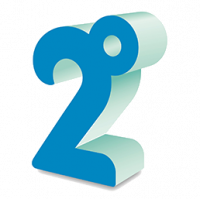
2degrees
Monthly
$35 Plan:
Features: 300 Carryover Minutes (Unlimited to 2degrees mobiles) & Unlimited Texts to NZ & OZ – 3GB Carryover Data
Extras: Daily free hour of data, hotspotting
Prepaid: Calendar month
$10 Plan:
Features: 100 Carryover Minutes & Unlimited Texts in NZ – 250MB Carryover Data
Extras: N/A
$19 Plan:
Features: 200 Carryover Minutes & Unlimited Texts in NZ – 1.25GB Carryover Data
Extras: Daily free hour of data, Join & get 7.5GB of FREE Carryover Data
$30 Plan:
Features: 300 Carryover Minutes & Unlimited Texts in NZ – 2.5GB Carryover Data
Extras: Daily free hour of data, Join & get 7.5GB of FREE Carryover Data

Spark
Monthly
$15 Rollover Plan
Features: 100 Rollover Minutes & Unlimited Texts in NZ – 100MB Rollover data
Extras: Unlimited minutes to Spark mobiles
$25 Rollover Plan
Features: Unlimited Minutes & Texts in NZ – 500MB Rollover data
Extras: N/A
$39.99 Rollover Plan
Features: 300 Minutes & Unlimited Texts in NZ – 3GB Rollover data
Extras: Half-price Spotify Premium
Prepaid: Four-week period
$19 Plan:
Features: 200 Rollover Minutes & Unlimited Texts in NZ – 1.25GB Rollover data
Extras: Half-price Spotify Premium
$29 Plan:
Features: 300 Rollover Minutes & Unlimited Texts in NZ – 2GB Rollover + 2GB Socialiser Data
Extras: Half-price Spotify Premium
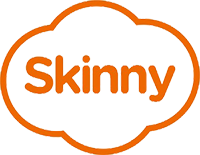
Skinny:
Prepaid: Four-week period
$9 Plan:
Features: 100 Minutes & Unlimited Texts in NZ & OZ – 250MB Data
Extras: N/A
$16 Plan:
Features: 200 Rollover Minutes & Unlimited Texts in NZ & OZ – 1.25GB Rollover Data
Extras: Unlimited minutes to other Skinny mobiles
$26 Plan:
Features: 300 Rollover Minutes & Unlimited Texts in NZ & OZ – 2.5GB Rollover Data
Extras: Unlimited minutes to other Skinny mobiles
$36 Plan:
Features: Unlimited Calls & Texts to NZ & OZ – Endless Data (speeds reduce after 4.5GB)
Extras: Hotspotting
NB: Skinny also offers similar weekly plans, although they work out slightly more expensive.
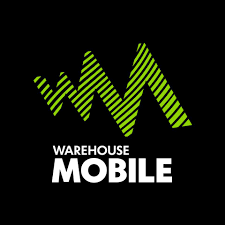
The Warehouse
Prepay: 31-day period
$12 Plan:
Features: 200 Minutes & Unlimited Texts to NZ & OZ (and 13 other destinations) – 500MB Data
Extras: N/A
$16 Plan:
Features: 200 Minutes & Unlimited Texts to NZ & OZ (and 13 other destinations) – 1.25GB Data
Extras: N/A
$38 Plan:
Features: 200 Minutes & Unlimited Texts to NZ & OZ (and 13 other destinations) – 5GB Data
Extras: N/A

Vodafone
Prepay: 28-day period
$15 Plan:
Features: 100 Carryover Minutes & Unlimited Texts to NZ & OZ – 1.0GB Rollover Data
Extras: Hotspotting
$20 Plan:
Features: 200 Carryover Minutes & Unlimited Texts to NZ & OZ – 1.5GB Rollover Data
Extras: Hotspotting
$30 Plan:
Features: 300 Carryover Minutes & Unlimited Texts to NZ & OZ – 3GB Rollover Data
Extras: Hotspotting
$40 Plan:
Features: 100 Carryover Minutes & 100 Texts to NZ & OZ – 8GB Rollover Data
Extras: Hotspotting

Orcon
Prepay: 30-day period
$20 Plan:
Features: 200 Carryover Minutes & Unlimited Texts to NZ & OZ – 1.5GB Carryover Data
$25 Plan:
Features: 300 Carryover Minutes & Unlimited Texts to NZ & OZ – 2.5GB Carryover Data
$43 Plan:
Features: Unlimited Calls & Texts to NZ & OZ – 6GB Carryover Data
NB: If your broadband is with Orcon you receive a $5 discount on any of the above plans.
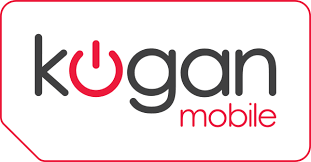
Kogan
Prepay: 30-day period
$15 Plan:
Features: Unlimited Calls & Texts to NZ & OZ – 1.5GB Data
$25 Plan:
Features:
Unlimited Calls & Texts to NZ & OZ – 4GB Data
$35 Plan:
Features: Unlimited Calls & Texts to NZ & OZ – 15GB Data
NB: Kogan offers a discount if you pay for the plan upfront for a year.
For more details about Kiwis’ phone habits, and the full rundown of our mobile phone and prepaid providers, click on either of the buttons below.
Click this button for prepaid providers:
Compare prepaid mobile plan providers here!
Or this button for monthly plans:
Compare monthly plan providers here!

About the author of this page
This report was written by Canstar Content Producer, Andrew Broadley. Andrew is an experienced writer with a wide range of industry experience. Starting out, he cut his teeth working as a writer for print and online magazines, and he has worked in both journalism and editorial roles. His content has covered lifestyle and culture, marketing and, more recently, finance for Canstar.
Enjoy reading this article?
You can like us on Facebook and get social, or sign up to receive more news like this straight to your inbox.
By subscribing you agree to the Canstar Privacy Policy


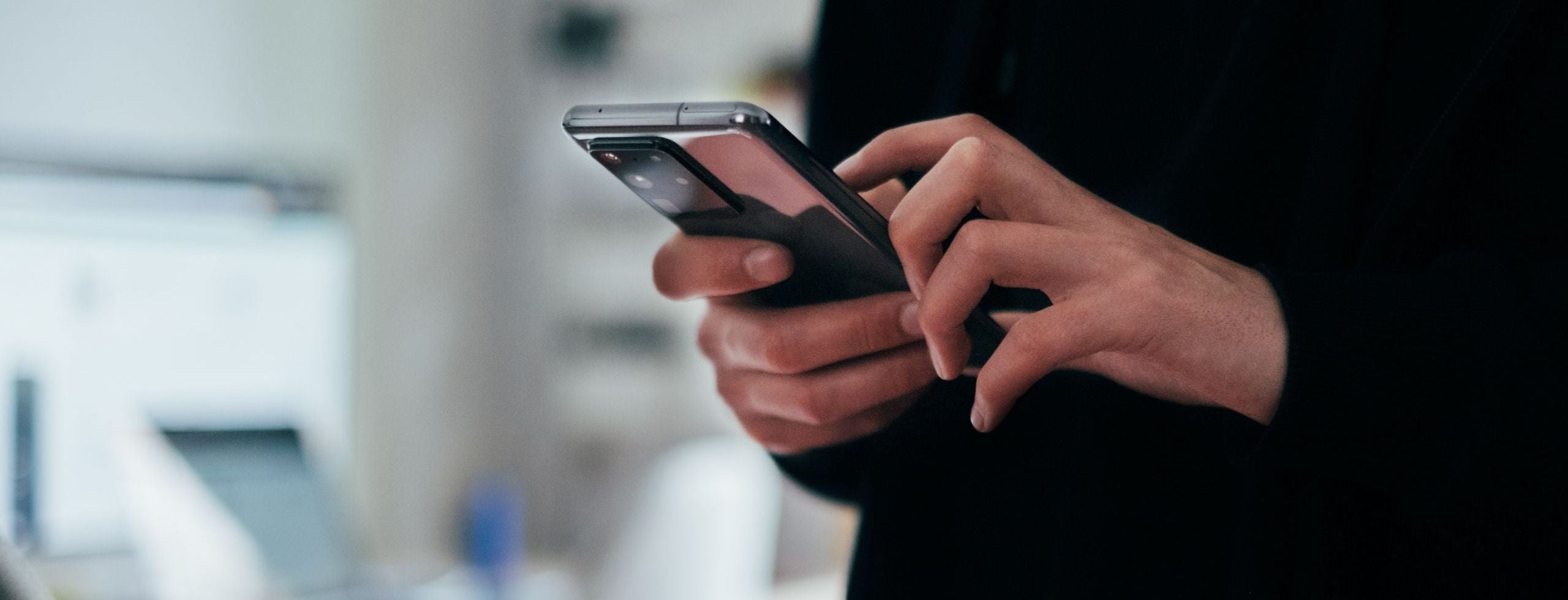
Share this article